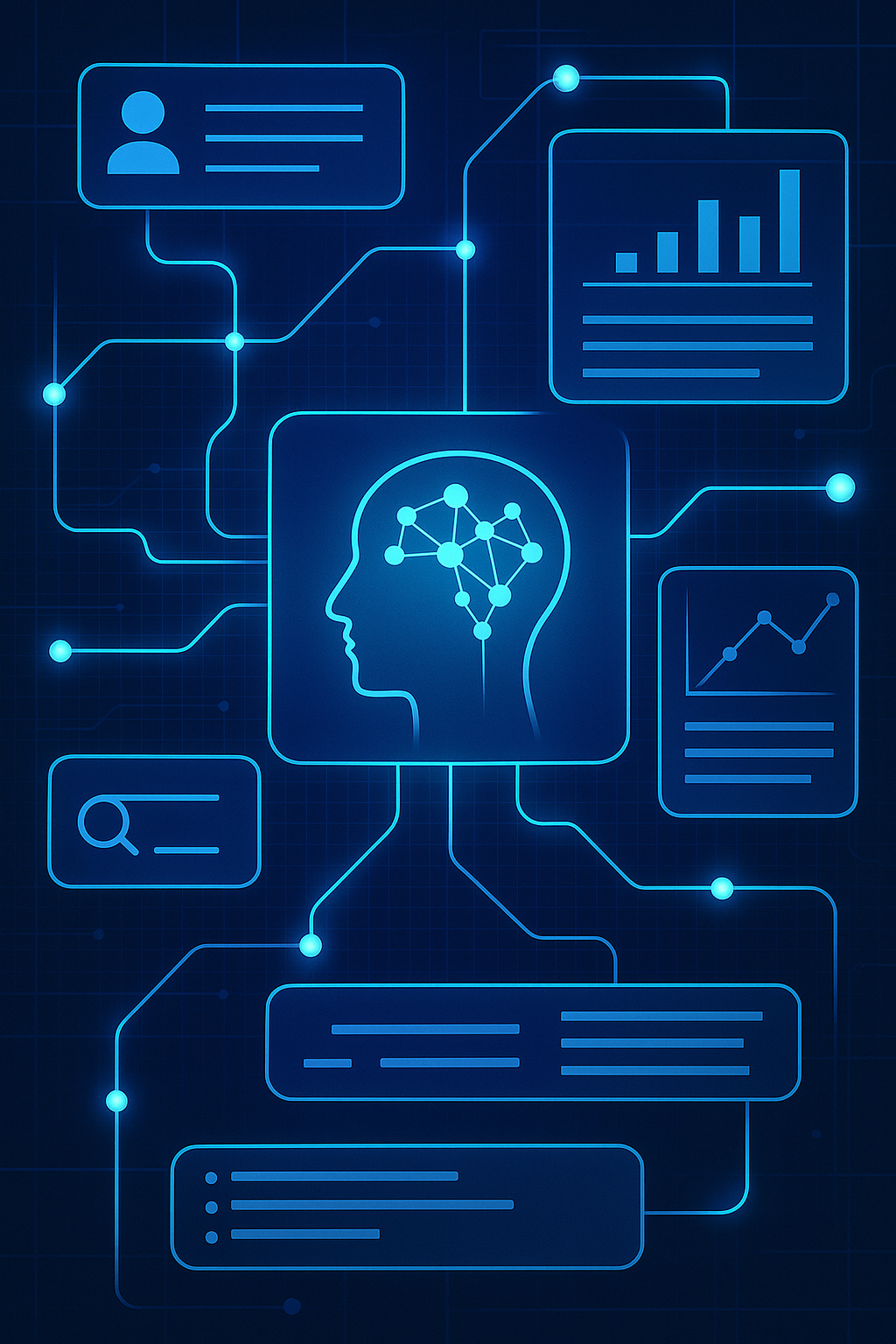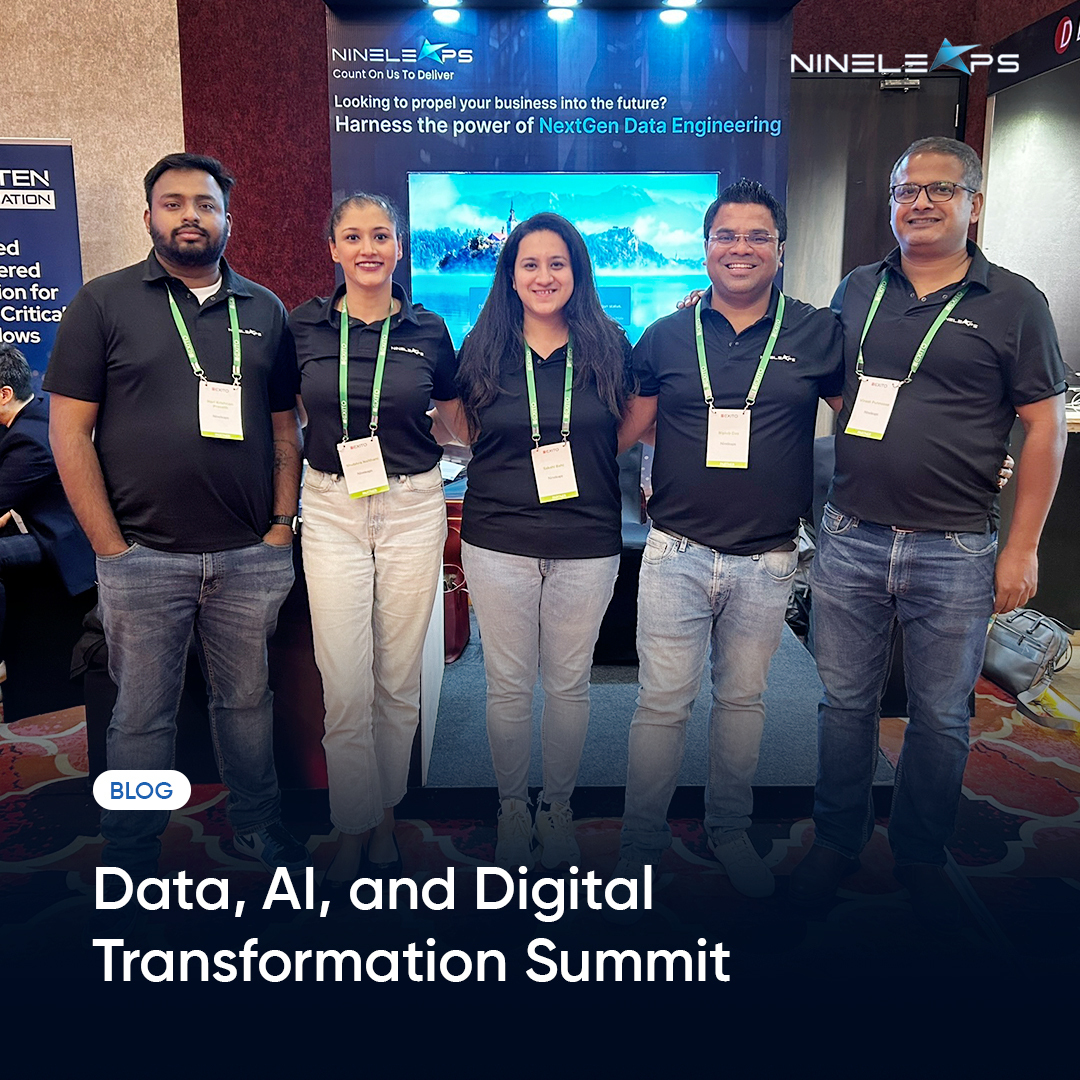Evolution of Digital Products from Functional to Intelligent
The measure of effectiveness has never really been a constant. When new technologies and tools emerge to disrupt the current status quo and define better processes for doing things, the constant pushes us up to a newer stratosphere that we need to hurry up and adhere to.For much of the digital era, success in product development was measured by the richness of features and the reliability of delivery. It was considered effective if a platform provided essential tools, processed transactions efficiently, or streamlined workflows.Today, that definition is changing.The products shaping markets are no longer just functional; they are intelligent.They anticipate user needs, adapt to behaviors, and evolve continuously without manual intervention. Intelligence is no longer a value-add. It is becoming the new baseline.This evolution is not merely technological. It reflects a broader shift in how users interact with products, how businesses derive value from digital platforms, and how competitive advantage is built.What Is Driving the Shift Toward Intelligence?Several converging trends are accelerating the transition from functional to intelligent products:1. The Explosion of DataEvery interaction generates data: browsing habits, purchase patterns, engagement metrics. By 2025, global data creation is expected to reach 181 zettabytes (IDC, 2022). Harnessing this data meaningfully requires more than dashboards; it demands systems that can interpret and act on insights autonomously.2. Advances in Artificial Intelligence and Machine LearningTechnologies like machine learning, natural language processing, and neural networks have matured significantly. These advances enable products to move beyond rule-based interactions into predictive, adaptive, and even generative behavior (McKinsey, 2023).3. Rising User ExpectationsCustomers expect personalization, speed, and intuitive service. 71% of consumers now expect companies to deliver personalized interactions, and 76% become frustrated when that does not happen. Static features alone cannot satisfy this demand; intelligence embedded into the product experience is necessary.4. Competitive NecessityOrganizations leveraging AI at the core of their products and operations are already outperforming competitors. A recent PwC study estimates that AI will contribute up to $15.7 trillion to the global economy by 2030. Companies that integrate AI into their value proposition today are setting the pace for tomorrow’s market leaders.The New Characteristics of Intelligent ProductsIntelligent products are not just smarter versions of old systems. They are fundamentally different in design and behavior. Common attributes include:Adaptive Personalization: Systems that tailor experiences dynamically based on user behavior, preferences, and context.Predictive Capabilities: Ability to forecast user needs, risks, or opportunities ahead of time, enabling proactive engagement.Autonomous Learning: Products that improve continuously by learning from real-world usage data without requiring explicit reprogramming.Seamless Human-AI Interaction: Interfaces that feel natural, conversational, and intuitive, often leveraging natural language understanding.Modular Evolution: Architectures designed to easily incorporate new AI models or capabilities over time without needing full system rewrites.In short, intelligent products operate like living systems growing smarter, more personalized, and more valuable over time.Real-World Examples of Product IntelligenceThe shift toward intelligence is not theoretical; it is happening across industries:Retail: Companies like Amazon leverage AI for real-time recommendation engines, inventory management, and dynamic pricing strategies.Healthcare: AI-driven platforms are enhancing diagnostics, patient triage, and personalized treatment plans, changing how care is delivered.Finance: Intelligent systems detect fraud patterns, advise users on financial health, and automate personalized investment strategies.Logistics: Predictive analytics optimize route planning, warehouse stocking, and supply chain disruptions before they occur.In each case, intelligence embedded into the product itself, not merely at the back office, is becoming a competitive differentiator.The Challenges on the Road to IntelligenceDespite the opportunity, evolving products toward intelligence is complex. Challenges include:Data Quality and Integration: Without clean, accessible data, AI cannot operate effectively.Ethical and Transparency Concerns: As products make autonomous decisions, ensuring fairness, transparency, and user control becomes critical.Scalability and Infrastructure: Intelligent products often require architectural rethinking, modular, cloud-native, and designed for continuous learning.Organizational Change: Successful AI-driven products often demand a shift in culture, talent, and decision-making processes.Addressing these challenges requires a deliberate strategy, blending technical expertise with strong product vision.Intelligence Is the New InfrastructureIn the same way, mobile access and cloud computing once became foundational to digital products, embedded intelligence is becoming the next essential layer.The future belongs to products that:Understand their users without being askedLearn from interactions automaticallyImprove and evolve without manual updatesOrganizations that recognize and act on this shift today will not simply build better products.They will build more valuable platforms over time, creating compounding competitive advantages.The era of intelligent products has arrived, and the question for every business leader is not whether to adapt, but how fast.
Learn More >







